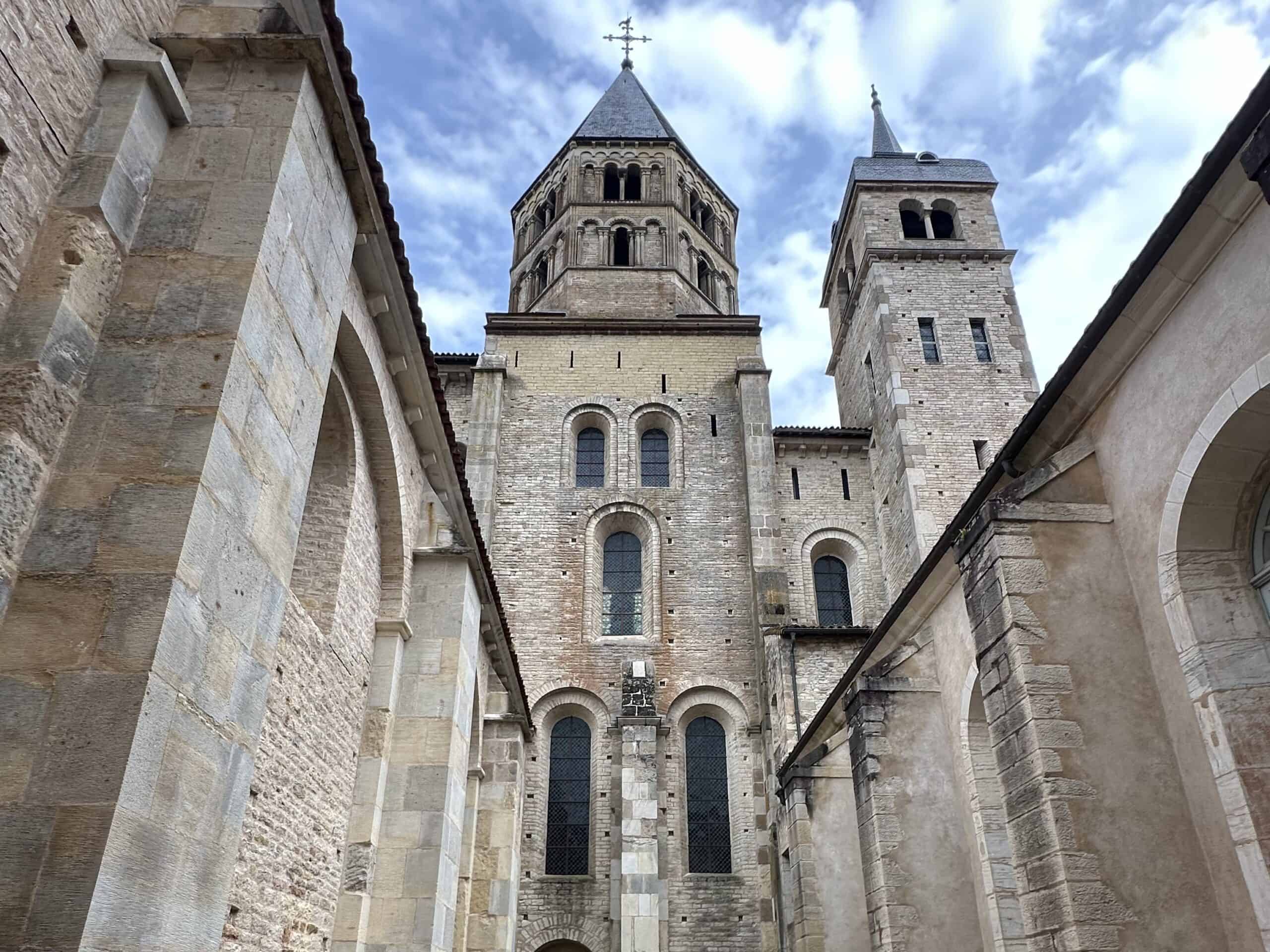
The Abbey of Cluny was founded in 910 by William I, Duke of Aquitaine, who donated some of his property.
With the passage of time the Abbey of Cluny grew in importance and at the end of the eleventh century it was considered as one of the most important capitals of Christianity in Europe.
In 1088, work began on the Maior Ecclesia, the largest Romanesque church ever built in Europe.
Cluny, in addition to being a large spiritual and administrative complex, was also a very important cultural center, stimulating the circulation beyond national borders of people, books, artistic ideas and scientific knowledge.
Through their schools and scriptoria, the Cluniac monasteries helped to spread literacy and learning in many European regions.
With the arrival of the French Revolution, however, the Abbey, which had been in decline for some time, suffered several lootings.
Many of the buildings that made up the Maior Ecclesia were razed to the ground.
The archives and book heritage kept in the large library were set on fire.
Many of the ruins of the Abbey were used as building material.
The remains that have come down to us, including the south arm of the large transept, the city walls and its towers, represent less than 10% of the original structures.

















